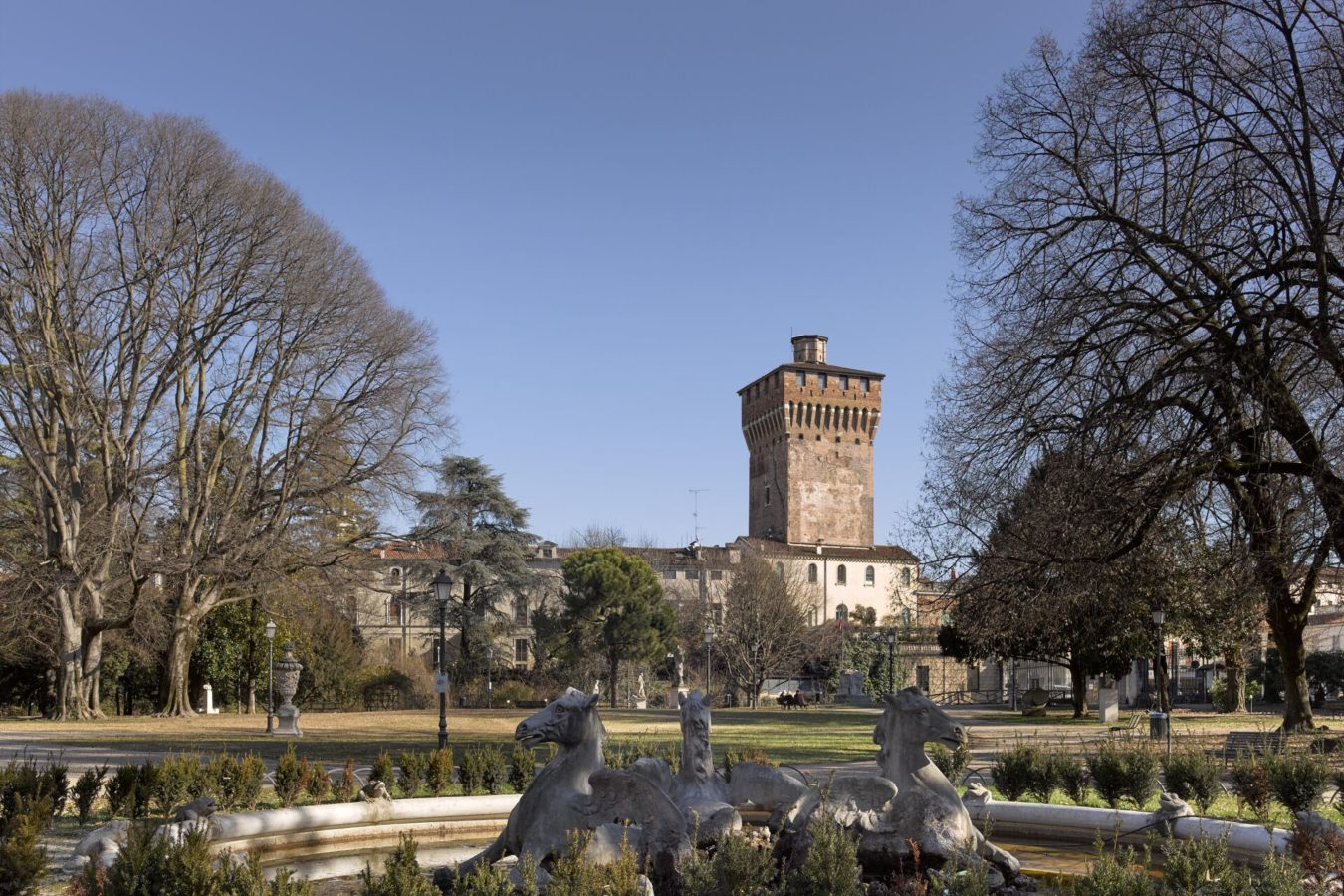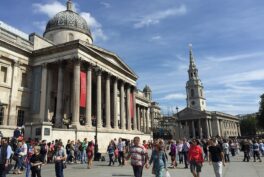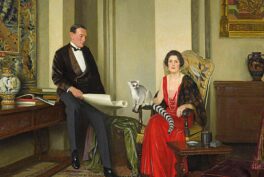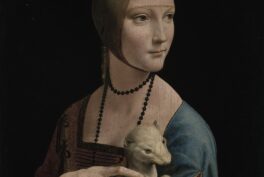After its meticulous restoration, Fondazione Coppola reopens its venue at the Torrione in Vicenza, a center dedicated to contemporary art, with La Torre, a double exhibition of the German artists Neo Rauch and Rosa Loy.
Fondazione Coppola
The Torrione is a medieval monument that has inspired artists of all times and marked the landscape of the city of Vicenza in northeastern Italy for centuries. After a complex restoration process, it has today finally reopened to the public as the venue of the Coppola Foundation. It was created by Antonio Coppola (entrepreneur cited in the ‘BMW Art Guide by Independent Collectors’ among the top 250 independent global collectors) with the precise purpose of transforming a medieval monument into a space dedicated to contemporary art.
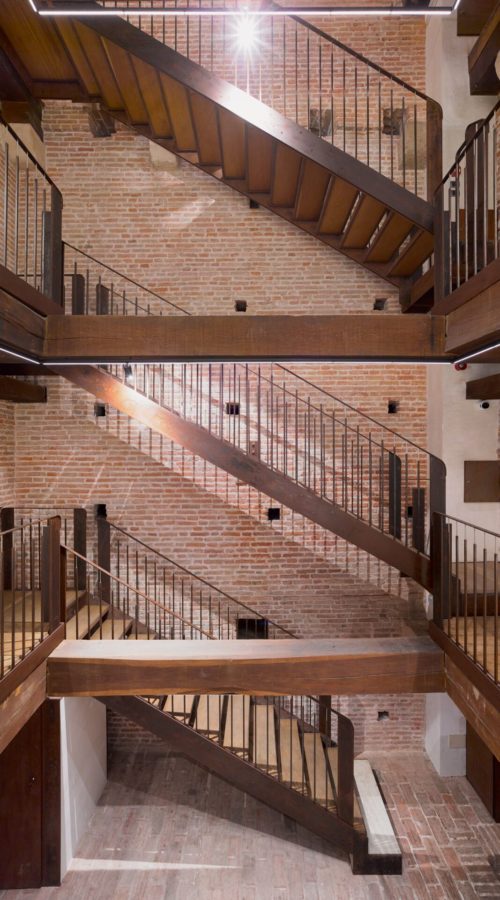
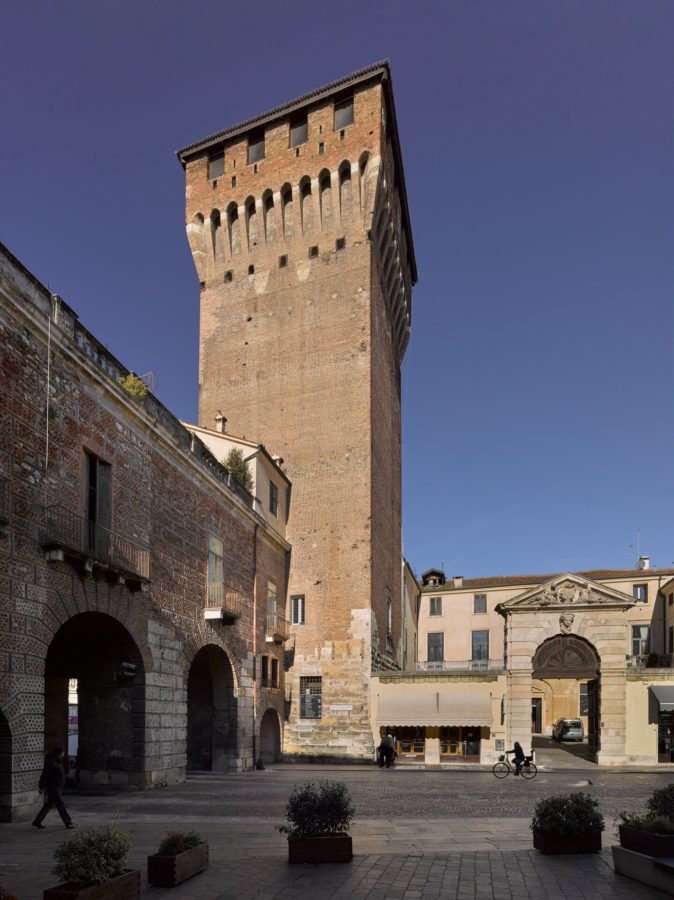
La Torre Exhibition
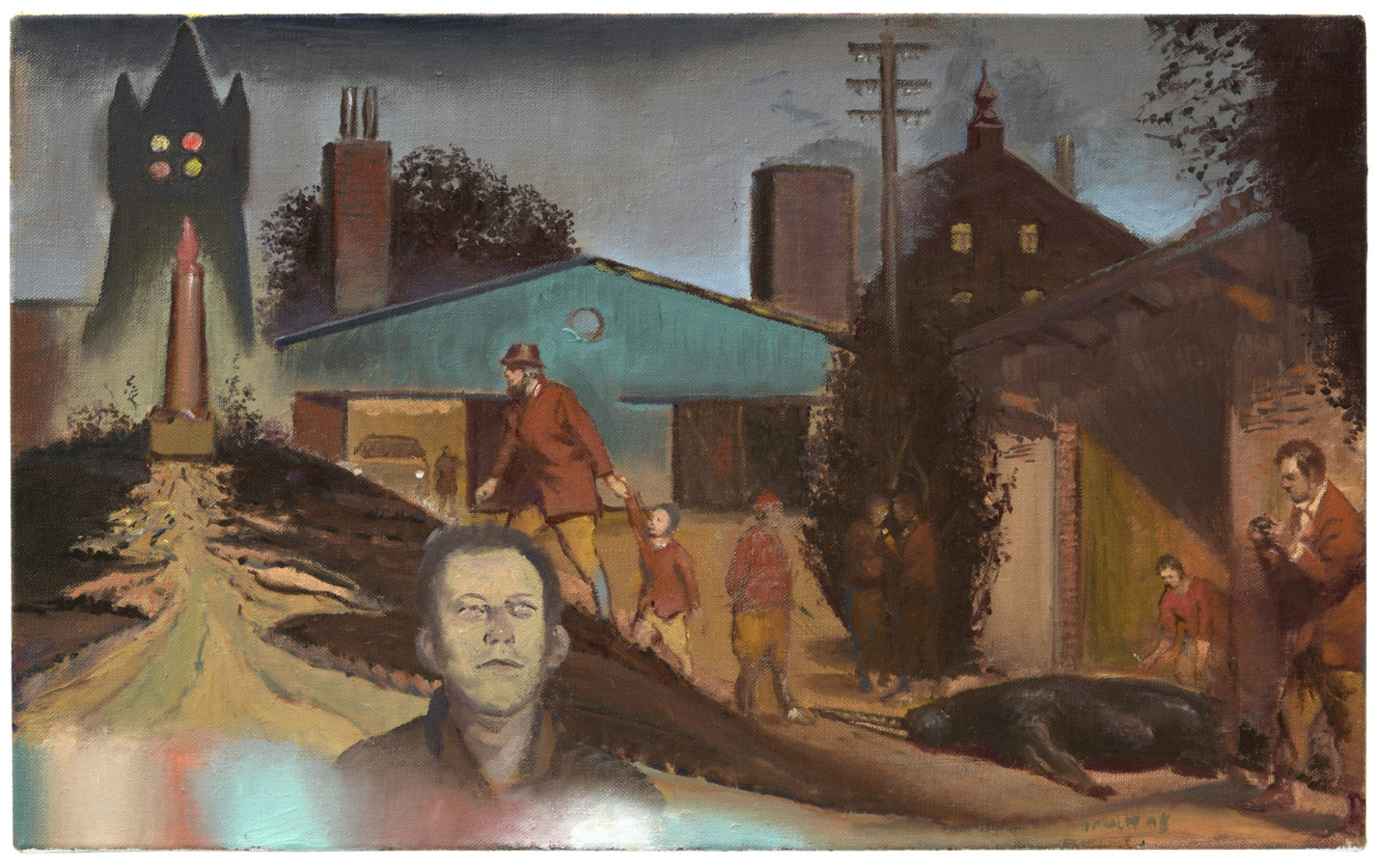
La Torre (The Tower), a double exhibition of the German artists Neo Rauch and Rosa Loy, is the first solo show of the artists in Italy. It is also the first exhibition of the new Fondazione Coppola, presenting a series of never before seen paintings and drawings by Neo Rauch and Rosa Loy and offering visitors an introduction to the work of two of the world’s leading figures in painting in recent decades.
The exhibition evokes symbolic power as well as the building itself. The works of the two artists are in dialogue across six floors to permit a close comparison between their two styles, marked by a progression upwards to the top floor, where the view of the city is a work of art itself.
Neo Rauch and Rosa Loy
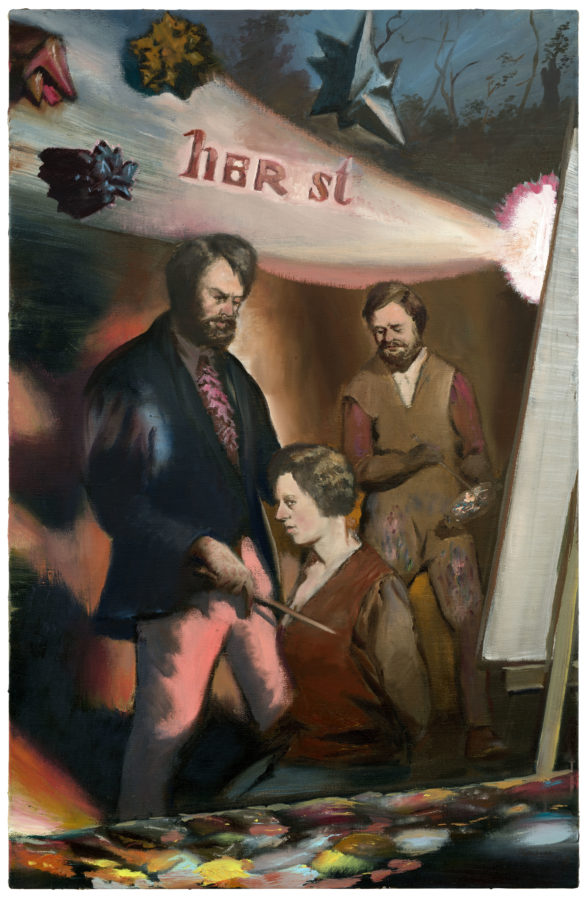
The two artists are linked to the city of Leipzig, where a figurative language began developing in the early 1900s and has continued into the Third Millennium, attracting the interests of various generations of German artists.
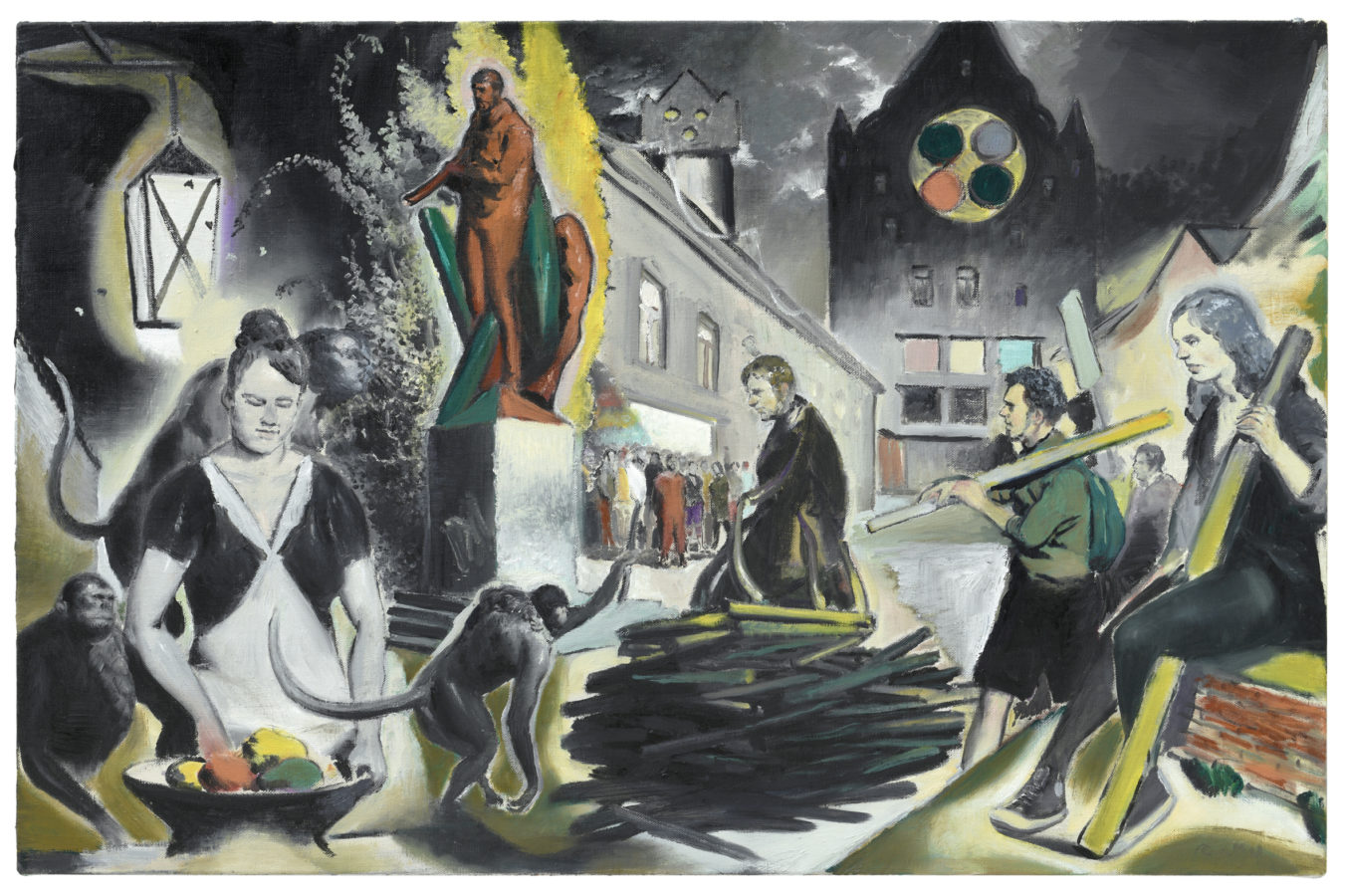
Neo Rauch played a crucial role acting as liaison between different generations of artists and he continuously reinterpreted his figurative language through a mixture of different cultures: illustrations for East German propaganda posters, pop culture, the energetic and nervy realism of artists like Max Beckmann and Otto Dix, and the hallucinatory outlook and dramatic excitement of Renaissance masters such as Tintoretto and Rubens.
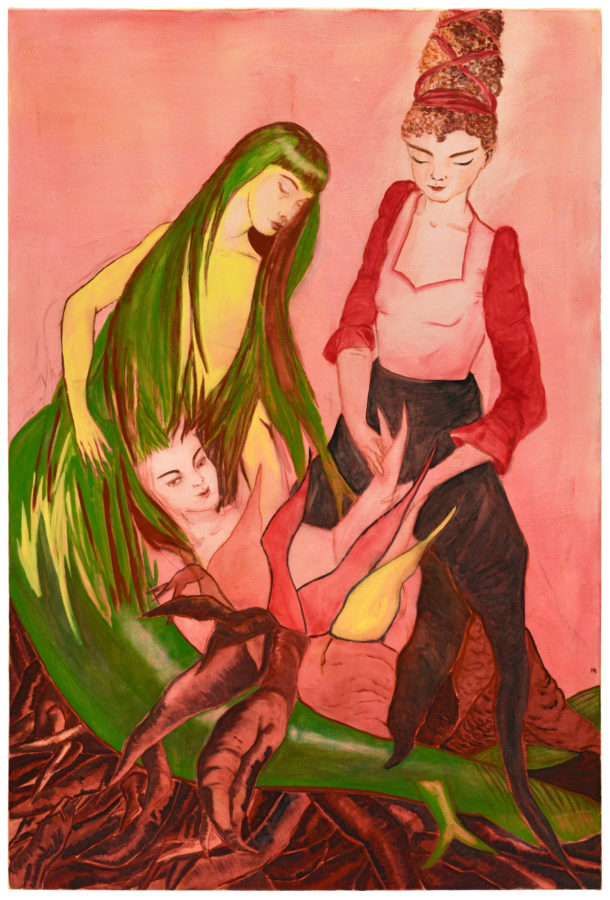
The paintings by Neo Rauch are based on the encounter (leading to the collapse) of different motifs and narratives with figures that double and even multiply inside the same image with changes in atmosphere. The result: convulsive overlapping, contrasting episodes, continuous variations in perspective and disproportion. Neo Rauch’s paintings are like ‘force maps’, where every element is more energy than a coherent narration.
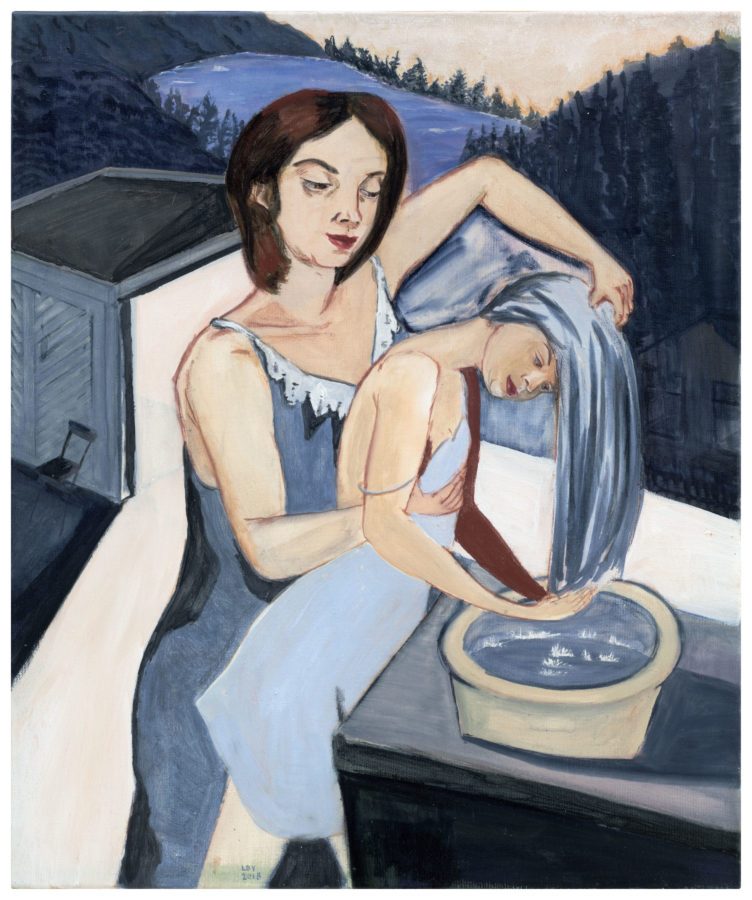
Rosa Loy’s figurative language is more dreamy and ambiguous: Her paintings often center on the double woman, the enigmatic – and often violent – relationship between the two figures moving in an intimate and familiar landscape. Neo Rauch and Rosa Loy invite the viewer to come to terms with archetypal images, rich in psychoanalytic implications, whose meaning is continually reinforced by details and elements, a dimension of illustration as is seen in the surrealist tradition.
